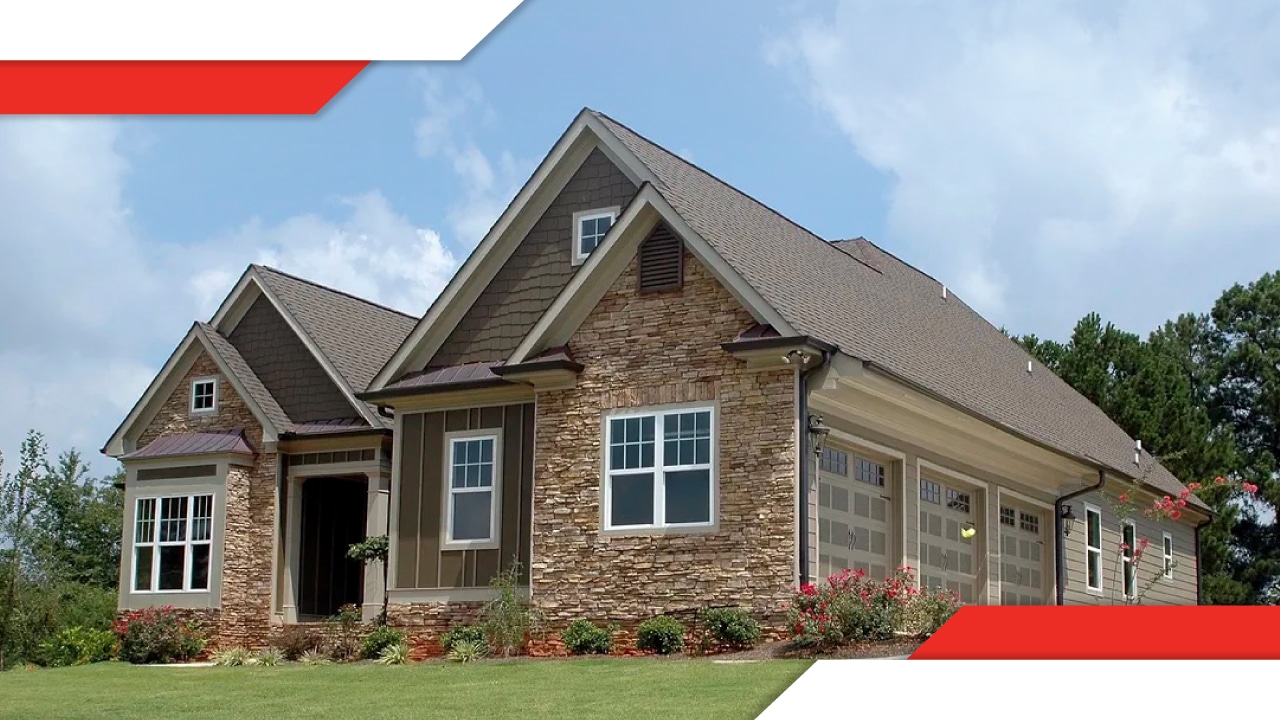
You decide to build a house. The easy decisions are between things like color, whether you want a porch out front and square footage. The difficult decisions include the type of kitchen counter, whether you want a guest bedroom (also known as an excuse for in-laws to stay longer) and if the basement is going to be for storage or the laundry room. All of those decisions will be considered and made in their own time, but there’s probably one vital decision you haven’t thought of: the number of radon-resistant features to include in the construction of your home.
Radon is dangerous when you are exposed to high levels for extended amount of time, and it’s the second leading cause for lung cancer in the U.S. Testing for radon and fixing a radon problem is fast but here are few quick tips to help prevent radon exposure:
There are five standard radon-resistant features you can include in the building of your home. Two of these are a gas permeable layer that is placed beneath the flooring system to allow the soil gas to move freely underneath the house and a plastic sheeting, which is placed on top of the gas permeable layer and under the flooring system to help prevent the soil gas from entering the home. In addition, you can seal openings in the concrete foundation floor to reduce gas entry into the home, and add a vent pipe running from the gas permeable layer to the roof to safely vent radon and other gases out of the house. Lastly, junction boxes allow for wiring and installation of a vent fan easier.
Consider these features for the home you’re building to ensure a safe living space, and feel free to call about any radon questions you may have!
Call the crew at 605-336-1000 or email sam@radoncrew.com to schedule a test of your home.
Radon Crew—Crew In. Radon Out.
